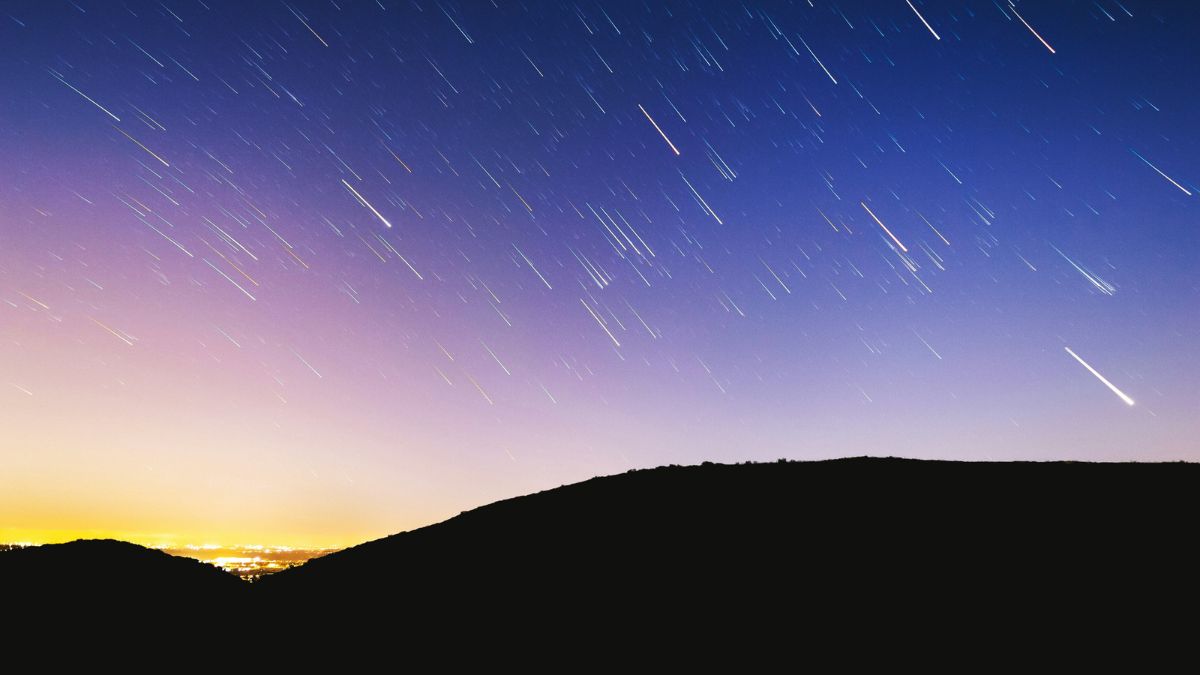Science
The Alps are Losing Their Glaciers: They Could Disappear Within Decades
06 January 2026

The Perseids are here again! The peak of the show was last night, but you still have a great chance to catch the spectacle. We'll show you how to enjoy the meteor shower tonight and prepare for the total lunar eclipse in September.
Every year in August, Earth passes through a stream of dust left behind by comet 109P/Swift–Tuttle. As these meteoroids enter our atmosphere, they burn up from friction, creating bright streaks known as meteors or, more commonly, “shooting stars.” The most famous August meteor shower is the Perseids, which are active from July 17 to August 24. Their radiant point is located in the constellation Perseus. In Catholic tradition, they are known as the “Tears of St. Lawrence.”
This year, the Perseids in 2025 peaked on the night of August 12 into August 13. But if you missed it, don’t worry! You still have a chance to see them tonight, from August 13 into August 14. Unfortunately, a bright Moon will make observations difficult. It will be a supermoon, meaning our satellite will be closer to Earth and thus appear brighter and larger than usual. It rises around 9:00 p.m. and will remain visible until dawn.
According to forecasts from NASA and the American Meteor Society, the moonlight could reduce visibility by up to 75%. Therefore, even in the best conditions, you can still expect to see 10 to 40 of the brightest meteors per hour.
You might like to read: Bolides, Meteors, and Space Debris: See What Flies Above Us
To minimize the Moon’s influence, the best time to watch is before dawn on August 14. The Moon will be low in the sky or hidden behind the horizon. This is the perfect time to find the darkest conditions.
You can also try observing a few nights later. The Perseids remain active until August 24, and the new moon occurs on August 23. This means the night of August 23 into August 24 will be dark and moonless. Although fewer meteors will be visible then, the improved viewing conditions could make them stand out more.
For the best experience, find a spot away from city lights. Lie down on a blanket or a mat and let your eyes take in as much of the sky as possible. The meteors can appear anywhere, even though they seem to originate from the constellation Perseus.
The Perseids are not the only phenomenon we can look forward to in 2025. On September 7, a total lunar eclipse will occur. This happens when the Sun, Earth, and Moon align, and the full Moon passes completely into Earth’s shadow. During the total phase, the Moon takes on a reddish hue, a result of sunlight scattering through our atmosphere, which only lets red and orange light pass through.
The September “Blood Moon” will be one of the most exciting astronomical events of the year and a great opportunity for even novice observers of the night sky.
Read the original article: Łzy św. Wawrzyńca i Krwawy Księżyc. Zobacz wielki spektakl na niebie